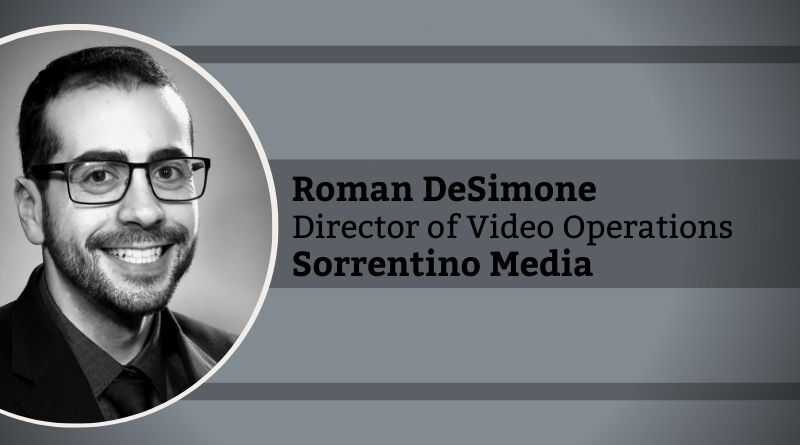NDI: The (Almost) Perfect A/V Transmission System You Should Be Using
By Roman DeSimone, Director of Video Operations: Sorrentino Media
Imagine there was a way to send real-time audio, video, and metadata over a network that could communicate both ways, support up to 4K resolution, encode, decode, capture video feeds, control PTZ cameras, capture desktop environments, forward camera signals for use as network inputs, and do it all at low-latency, and for free.
Oh wait, there is.
It’s called NDI, or Network Device Interface, and it’s changing the game in traditional production, remote production, conferencing, capturing, and streaming.
So it’s powerful, and it’s free. Is it easy to use? Can it replace dedicated production hardware?
Mostly, and mostly!
So what’s the catch? It must run only on dedicated hardware?
Nope! NDI is software based, with applications available for Windows, MAC, Android, and iOS, and it is even possible to run NDI on Linux.
So, where did NDI come from?
NDI was created to make high-quality video transmission available to everyone. Traditionally, production environments would require dozens, or potentially even hundreds of SDI (Serial Digital Interface) cable runs to accomplish single-direction communication for audio and video. This process is expensive and time-consuming, even without accounting for the retrofitting or pre-planning required for installation. Additionally, taking SDI productions on the road required huge production vans with cumbersome equipment. This is not the case with NDI.
Without the hassle of any new equipment or installations, NDI has quickly been adopted all over the globe in traditional media production facilities, event venues, schools, places of worship, and even offices.
NDI can be integrated into any current network, and sent to others via NDI Bridge. There are no special cables required- your already-installed Cat 5e cables will do just fine. You can even use NDI over WiFi, although this isn’t generally recommended.
Without the hassle of any new equipment or installations, NDI has quickly been adopted all over the globe in traditional media production facilities, event venues, schools, places of worship, and even offices. With its ability to broadcast video from almost any source, NDI can also be easily integrated into a meeting and productivity software such as Zoom, Webex, Teams, and the Adobe Suite.
In live production, NDI can be utilized everywhere SDI, and HDMI connections are made and more.
Whether it’s interfacing with traditional production cameras via the myriad of converters available, or forwarding remote guests to a Tricaster or vMix switcher, or even sending live footage captured via a cell phone, NDI really does cover every possible contingency in a live production environment. This gives a massive leg up to smaller companies who would, in the past have to shell out thousands for equipment, cables, and specialized personnel.
The ability to include any AV stream, regardless of its origin, into a live production system is undeniably a massive benefit. It’s never been easier to do so much with so little.
As I alluded to earlier, NDI is massively powerful, but not without its own challenges and learning curves. The number of applications and devices that support NDI is growing every day, but compatibility isn’t always perfect. You’ll need to know a thing or two about networking, and be ready to troubleshoot occasional issues.
Overall, NDI is an incredible way to build a production from the ground up and augment existing productions, but most importantly, (if you ask me anyway) it’s the perfect way for new content creators to make truly professional productions- learning, growing, and improving with every new camera source, remote guest, and desktop capture.
You are seriously missing out if you aren’t using NDI in some capacity in your workflow.

